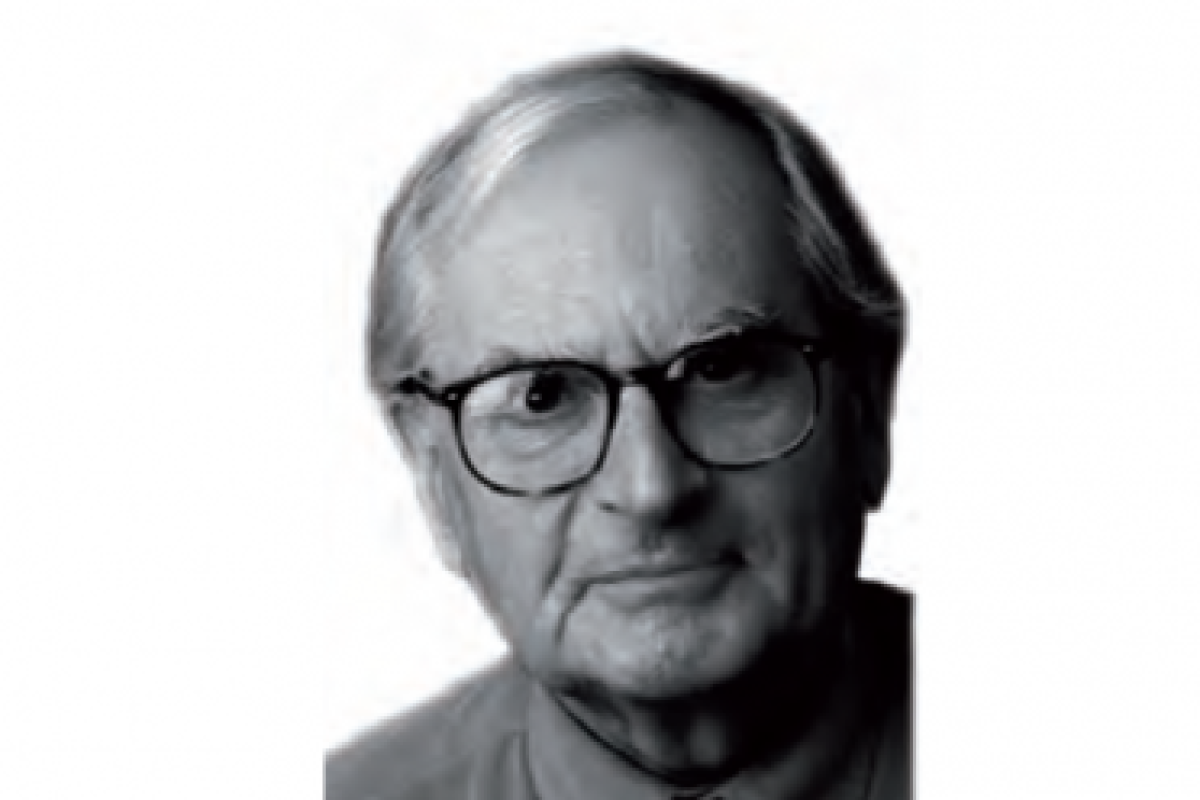Jeremy Bullmore explains why for some brands, less is always more
There’s a school of advertising that, if more widely adopted, would put most creative agencies out of business. It’s most apparent between mid-October and mid-December. Here are some of the names that favour the school – and have done so for decades, Chloé, Yves Saint Laurent, Gucci, Dior, Armani, Prada, Versace, D&G, Calvin Klein, Chanel, Givenchy, Lanvin, Boss, Estée Lauder.
Their advertisements are unlike most other advertisements in several respects. No copywriters have been troubled: there are no headlines, no straplines and no body copy. The only word is the name of the brand. There is no attempt to differentiate through verbal embellishment. No consumer promise is overtly made and price is never mentioned. In print, the most common medium, photography is universal and the subjects are either cool women, moody men or a combination of the two. Their age range is about seven years: 18-25. Naturalism is out: they are models, behaving like models. Few even hint at a back story.
It’s not only copywriters who’ve clearly been sidelined; it’s difficult to detect the influence of a planner. If you plotted most of these brands on a Boston grid, they’d all be huddled together in the same crowded quadrant. All that these highly competitive companies seem to need are a photographer and a media buyer.
No wonder such advertising is widely ignored by the advertising elite. It’s formulaic, uncreative and hasn’t a chance of winning anything shiny.
It’s possible to argue, of course, that all these campaigns are ineffective – or could be even more effective if given a light dusting of account planning and creativity. But all these companies are great big grown-up companies and they’ve all been constant in their use of such advertising for many years – so we must assume that, in the eyes of those who pay for it, such advertising works.
In which case, why? And why haven’t other sectors adopted the same approach? In fact, I believe, we’ve all got a surprising amount to learn from this derided category. Its first and most fundamental lesson is the one that we all know to be true but are deeply fearful of saying out loud: by far the most important decision an advertiser makes is the decision to advertise in the first place. The form, the creative content and the quantity of that advertising are all, of course, significant factors that can materially affect return on investment; but to advertise at all, however primitively, remains the basis on which a branded product can achieve and maintain its long-term profitability. If the giant pharmaceutical companies could enjoy the same security of future revenue from their prescription-only compounds as they do from their humble consumer products, they’d be very happy bunnies. Every blockbuster’s patent eventually expires. The protection enjoyed by a well-nourished brand can be forever.
Competitive perfumes can hardly argue their case. They have no measurable function. What is their Unique Selling Proposition? Kingsley Amis wondered why no brewer simply claimed that Bloggs’ Beer Makes You Drunk. For the same reason that no perfumier claims that Passion Flower Perfume Makes You Irresistible.
Denied the explicit, the perfume brands rely on the implicit; and again, all other brands have much to learn. People derive more from brand names, from beautifully designed packs and packaging and from the visual content of advertising than we normally give them credit for. If the only cues available to them are visual, they’ll do the rest. And what about product parity? What about every marketer’s obsession with distinction; with staking out and owning some small part of a sector’s territory? How can consumers possibly make a discerning judgement, off the page, between 20 perfumes identically presented?
The answer comes in two parts. They can; and they don’t have to. Virtually every one of the names at the start of this piece is, quite literally, redolent. They are all crammed with association, with legend, with glamour. And the more you know about them, the more distinctive you know them to be. What’s more, the human brain, unlike marketing professors, doesn’t accept the concept of parity; it can’t make room for two different things in the same place, so it differentiates between them. Products may be the same. Brands can’t be.
So we have much to learn from these formulaic, uncreative perfume brands: not least, that the receivers of our communications, if skilfully prompted, can do much of our work for us. If neuroscience has a contribution to make to marketing and advertising, it won’t be a subversive guide to the unconscious; on how to get under the human radar so that tomorrow’s consumers will be helplessly committed to spending money they haven’t got on stuff they’ve never wanted. We may finally have the evidence we need that our receiving public, irrespective of standards of literacy, is perfectly capable, thank you very much, of drawing conclusions; of understanding the implicit; of being a contributing partner. If so, this will be extremely good news for just about everybody.
